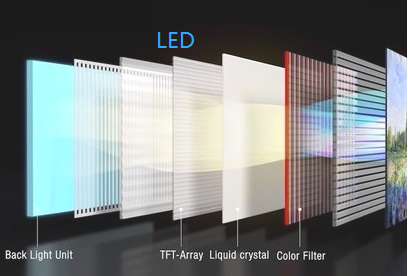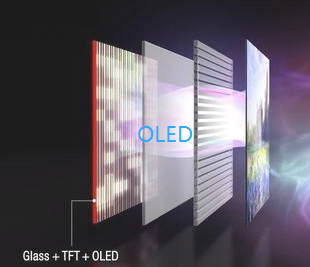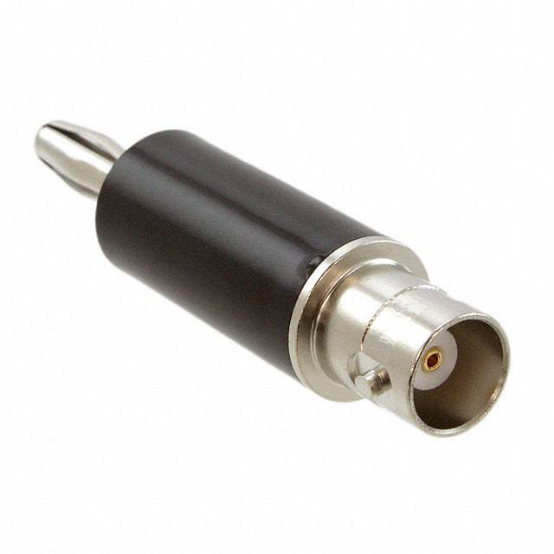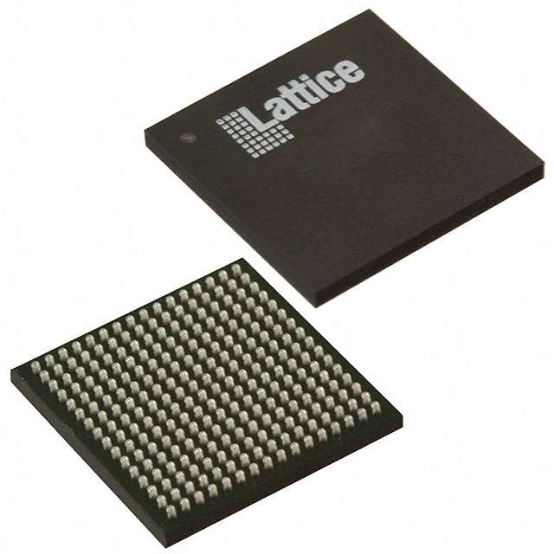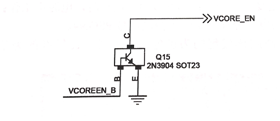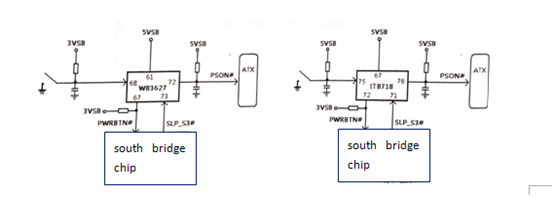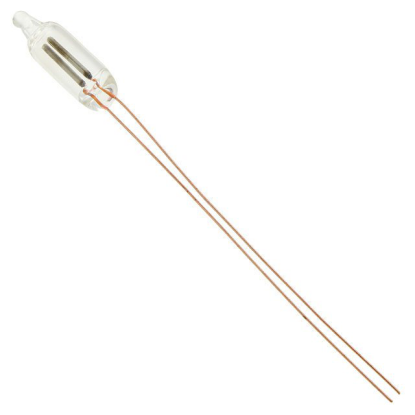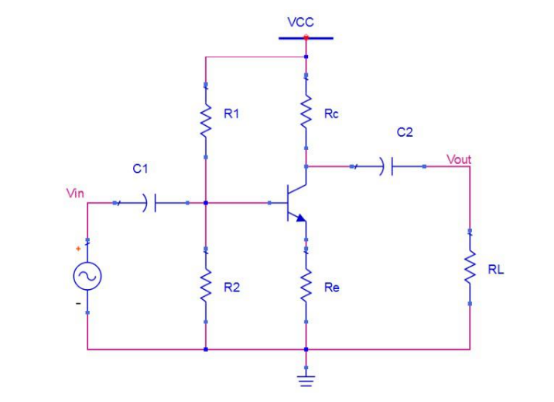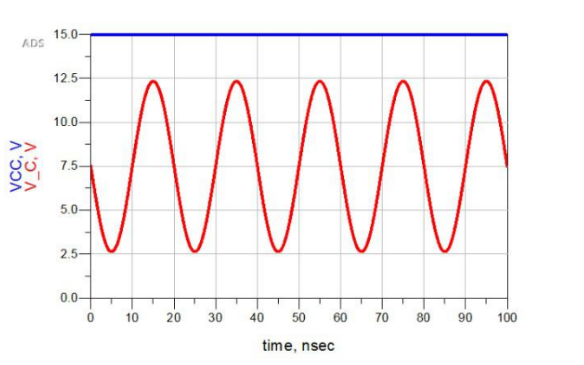At present, the deteriorating electromagnetic environment has made us pay more attention to the working environment of equipment, and pay more attention to the impact of electromagnetic environment on electronic equipment. From the beginning of design, we integrate electromagnetic compatibility design to make electronic equipment work more reliably.
Electromagnetic compatibility design mainly includes surge (impact) immunity, ringing wave immunity, electrical fast transient pulse group immunity, voltage sag, short-term interruption and voltage variation immunity, power frequency power supply Harmonic immunity, electrostatic immunity, RF electromagnetic field immunity, power frequency magnetic field immunity, pulse magnetic field immunity, conducted disturbance, radiated disturbance, and conducted immunity of RF field induction.
Main form of electromagnetic interference
Electromagnetic interference mainly enters the system through conduction and radiation, affecting system operation. Other methods include common impedance coupling and inductive coupling.
Conduction: Conductive coupling is the coupling of disturbances on one electrical network to another via a conductive medium, which is part of the lower frequency (below 30 MHz). Conductive coupling in our products typically includes power lines, signal lines, interconnects, ground conductors, and the like.
Radiation: The coupling of disturbances on one electrical network to another via a space, which is a higher frequency part (above 30 MHz). The path of radiation is transmitted through space, and the radiation interference introduced and generated in our circuits is mainly the antenna effect formed by various wires.
Common impedance coupling: Mutual interference that occurs when currents of two or more different circuits flow through a common impedance. The disturbance current conducted on the power line and the ground conductor is mostly introduced into the sensitive circuit in this way.
Inductive coupling: Through the principle of mutual inductance, the electrical signal transmitted in one loop is induced to interfere with another loop. Divided into electric induction and magnetic induction.
The corresponding countermeasures should be adopted for the interference caused by these several ways: the transmission adopts filtering (such as the chip head capacitor of each IC in our design is the filtering effect), and the radiation interference adopts the reduction of the antenna effect (such as the signal is close to the ground), Shielding and grounding measures can greatly improve the product's ability to resist electromagnetic interference, and can also effectively reduce electromagnetic interference to the outside world.
Component selection
Our commonly used electronic devices mainly include active devices and passive devices. Active devices mainly refer to ICs and module circuits. Passive devices mainly refer to resistors, capacitors, inductors and other components. The following is a brief introduction to the selection of these two types of components and the issues to be considered in electromagnetic compatibility.
Active device EMC selection
The EMC characteristic of the working voltage is good, the EMC characteristic of the working voltage is good, the delay is large in the range allowed by the design (so-called slow speed), the quiescent current is small, the power consumption is small, and the characteristic is good. The EMC performance of the SMD packaged devices is better than that of the interposer devices.
Passive device selection
Passive devices usually include resistors, capacitors, inductors, etc. in our applications. For the selection of passive components, we must pay attention to the frequency characteristics and distribution parameters of these components.
Passive devices exhibit different characteristics at certain frequencies. Some resistors have inductance characteristics at high frequencies, such as wirewound resistors, low frequency characteristics of electrolytic capacitors, poor high frequency characteristics, and thin film capacitors and ceramic capacitors. High frequency characteristics are good, but usually the capacity is small. Consider the influence of temperature on components, and select devices with various temperature characteristics according to the design principle.
If you want to know more, our website has product specifications for electronic equipment, you can go to ALLICDATA ELECTRONICS LIMITED to get more information
